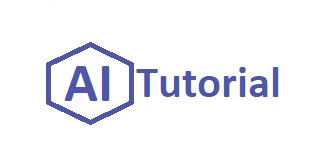Designing AI agents powered by Large Language Models (LLMs) doesn’t have to be overwhelming. With the right framework and patterns, you can build intelligent, efficient, and business-transforming agents that do more than just chat — they act, collaborate, and learn.
Here’s a breakdown of key architectural patterns you can follow to design your own powerful AI agent system:
1️⃣ Agent Architecture Patterns
- 💬 Solo Agent: A simple chatbot answering FAQs like “What time do you close?”
- 📅 Agent Roles: Separate agents for bookings, customer support, and marketing.
- 🔄 Multi-Agent Modularity: Specialized agents collaborate for full workflow automation.
2️⃣ Agent Process Patterns
- 📲 Prescribed Plan: Predefined workflows like appointment booking and feedback.
- 🌈 Dynamic Plan: Adaptive responses based on past user behavior.
- 🤝 Collaborating Agents: Agents coordinating tasks like scheduling, payments, etc.
3️⃣ LLM Interaction Patterns
- 💅 ReAct: Reasoning + actions for personalized suggestions.
- 💭 Chain of Thought: Step-by-step logic to support user decision-making.
- 🧠 Reflection: Agents that learn and evolve with interactions.
4️⃣ Agent Action Patterns
- 📈 Function Calling: Directly execute actions like bookings and payments.
- 🛠️ API Tools: Integrate with services like Google Calendar or Instagram.
5️⃣ Memory & Evaluation
- 💖 Memory Longevity: Remember user preferences for tailored experiences.
- 💬 User-in-the-Loop: Improve responses by learning from feedback.
6️⃣ Security & Identity
- 🔒 LLM Guardrails: Ensure privacy, safety, and ethical AI behavior.
